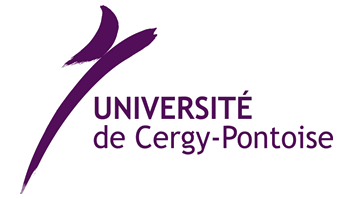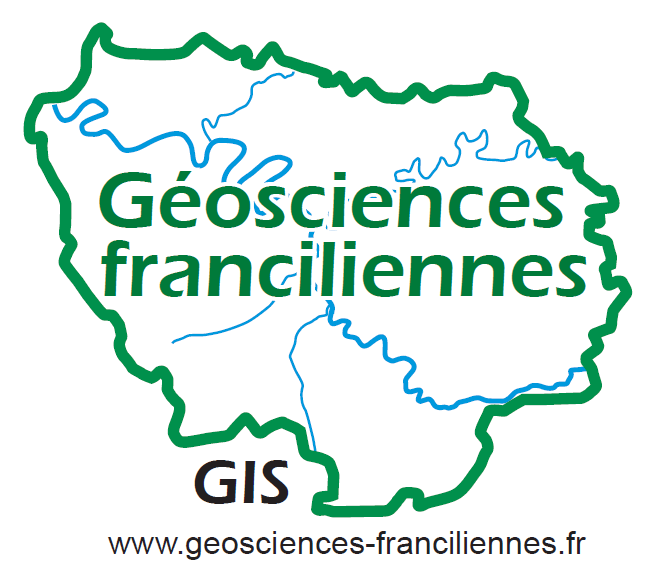KG²B means "K" (permeability) for Grimsel Granodiorite Benchmark
because the selected material is the Grimsel Granodiorite
1. Selection of the material
2. The Grimsel test site
3. The Grimsel Granodiorite cores
4. The preparation of the KG²B sample collection
5. Quality check through ultrasonic measurements
1. Selection of the material
We spent some time for choosing the best material for this benchmark. After lots of thoughts and discussions, we came up with a proposal to work on a hard rock, the Grimsel granodiorite (Switzerland), within the framework of an exciting scientific project of our Swiss colleagues. Thanks to our colleague Florian Amann (ETH Zurich), we got fresh cores from the Swiss Grimsel test site, an underground research laboratory in hard rock. The drilling of the cores is part of a scientific project funded through the Swiss Competence Center of Energy Research – Supply of Electricity (SCCER-SoE). The aim of the SCCER-SoE is to perform a series of demonstration experiments on various scales (up to 1 km) that allow implementing deep geothermal energy in Switzerland. Beside other experiment the SCCER-SoE is currently executing a large-scale stimulation and circulation in situ experiment at the Grimsel Test Site. The experiment requires the drilling of approximately 600 m of boreholes which will be used as 1) injection boreholes and 2) monitoring boreholes. All boreholes were cored using single- or double tube core barrels in the Grimsel Granodiorite. The core diameter is 85 mm. The overburden of the Grimsel test site is 450 m and moderate in situ stress magnitudes are to be anticipated. Core disking or unloading related damage of cores is not a major issue. The coring was done in August 2015. We found the suggestion made by Florian Amann very exciting, because the benchmark will contribute to the scientific project of our Swiss colleagues. The benchmark study is of great value for both the stimulation and circulation experiment which involves a set of fault zones embedded in a low permeability rock matrix.
2. The Grimsel test site
Information on the Grimsel test site can be found on the following web site: www.grimsel.com
(source: Grimsel 2010 brochure, to be downloaded at www.grimsel.com)
(source: Alonso et al., Int. J. Rock Mech. Min. Sci., 42, 611-638, 2005)
3. The Grimsel Granodiorite cores
The porosity of the Grimsel Granodiorite is about 0.7%, and the permeability should range between 0.1 and 1 µD (Ota et al., Journal of Contaminant Hydrology, 61, 131– 145, 2003). Previous studies have shown that in some cases the grain size may be large, and that anisotropy can be significant. We got two fresh cores with diameter 85 mm and about one meter long each, which have been drilled from the Grimsel test site by our Swiss colleagues. The cores correspond to undisturbed material retrieved at a distance between 4 and 6 meters from the borehole mouth in the tunnel. Therefore the material is expected to be damage free, fairly well away from the fracture network of the excavated disturbed zone (EDZ).
4. The preparation of the KG²B sample collection
The long cores were cut in 29 pieces, one for each participating lab, according to the volume of material requested by each group.
|
one of the big core to be cut in pieces the collection of 29 KG²B samples |
overcoring of the UCP sample |
5. Quality check through ultrasonic measurements
Before sending the samples to the participating team, a quality check was done on the samples through the measurement of P and S waves velocities. We decided also to do that across several directions because the rock has a clear foliation slightly inclined with respect to the core axis.
Results of the ultrasonic measurements:
|
|
|
|
|
|
- All the samples look good, no one needs to be discarded.
- There are some trends in the velocity evolution with the distance to the tunnel wall, we may expect similar trends for the permeability.
- The rock is strongly anisotropic from the elastic viewpoint. We don’t know the impact on permeability, but it is extremely important that everybody measures the permeability in the same direction, the core axis direction, which is slightly inclined with respect to the foliation.
All the participants will measure the permeability in the direction corresponding to the big core axis, and will therefore overcore their samples in the same direction |
|






